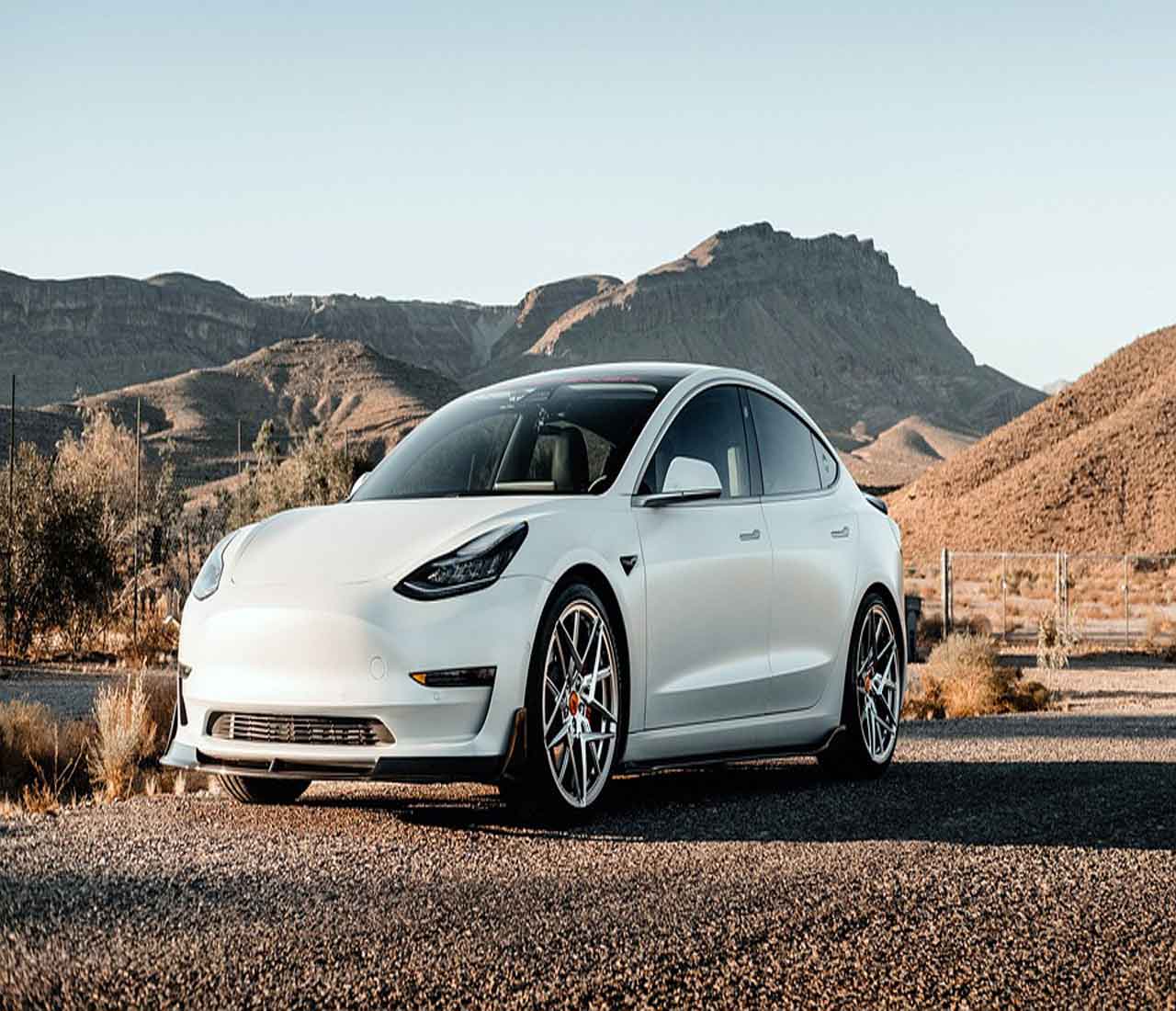 |
| Power Electronics |
Continue the explanation of the first lesson to fully understand the idea. You can see the big poster here that says 48 amps means that 48 amps is the maximum power this can take from the second level AC charger that you connect to a Tesla destination charger and 48 amps is double the 240 volts at the destination Tesla Cha will give us a rger of 11520 watts or 11.52 kilowatts of charge that this unit can provide for the high-voltage battery.
Explanation of installing connections:
So let's take a look at the connections around this thing. We have the coolant inlet port here on the passenger side. If you look at this article from under the passenger seat of your Tesla, you can see that we have a logical low voltage connection here. We have the coolant hose actually coming from. The inverter set on the engine and the drive unit underneath the car and then that passes through the big heatsink here and exits this side and then goes up to the front of the car on the driver's side that's on the charger unit on board we have of course the coolant port we have a connection to the bodywork ground, and we have entrances The two cables we have from our charging receptacle, the inlet on the left here is used to charge the first level of AC where the neutral wire connects the charge to level 2 where line number 2 connects and then for DC fast charging, this is actually the positive terminal of the fast charging For DC which will be connected to this built-in charger unit here, this input on the right for the first AC charge is line number one or the L1 terminal for level 2 AC charging is still the same. First fly and then for DC fast charging, it is the negative cable of DC fast charging, so the multiple uses of these two cables that are connected from our charging receptacle now we have two orange covers here that we do not use because this module is used in some European countries where there is It has three-phase AC power coming in, so we'll have three phases and neutral and we're going to use all these four terminals that blue connection to the side here in ours The tesla s only has a cap on top of it, but that's just a constant current from the charger unit on board, so We have AC or DC voltage applied here from the charging receptacle and any charger that happen to be connected to this t cap AC this is DC output at full 400 volts so it is for an accessory I don't know what car is using this model X with air conditioning Rear I am not sure because this electrical connector here is exactly the same connector used on the front of the Tesla model for the air conditioning system, well before connecting those cables from the charging receptacle.
Cable installation method:
Let's take off the cover of this thing, we have two caps. We have this cover here which in order to remove it we have to remove some of the void if the tape is removed, and as we lift this, there is a magnet here and this magnet is in a circuit called the interlock circuit, so there's a little reed switch here if I opened this plastic cover. There is a little bit of an electromagnetic closed reed switch here here that opens a circuit called a high voltage interlock circuit, and all you need to know about the interlock circuit is that if the interlock opens anywhere on the car and it is in every high component The voltage you will see here today, then the large conductors should open the large relays inside the battery. See the third explanation of this lesson.
تعليقات
إرسال تعليق